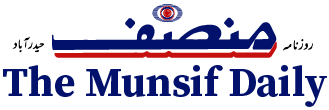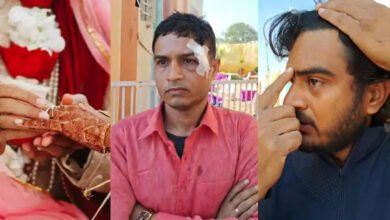Earphone addiction driving hearing and speech disorders in Indians: Report
The report by the Indian Speech & Hearing Association (Delhi branch) is based on a door-to-door survey across the Delhi-National Capital Region (NCR) and Jammu & Kashmir on communication disorders.

New Delhi: Indiscriminate use of headphones/earphones is pushing a significant number of people, even young children, towards hearing and speech disorders, said a new report on Monday.
The report by the Indian Speech & Hearing Association (Delhi branch) is based on a door-to-door survey across the Delhi-National Capital Region (NCR) and Jammu & Kashmir on communication disorders.
“The prevalence of communication disorders has increased to more than 3 per cent and their awareness levels remain low at about 11 per cent. Hearing impairment has increased within the 19-25 years age group (41.2 per cent) and the 26-60 years age group (69.4 per cent),” said Dr Rajendra Pratap Gupta, a public health expert and former advisor to the Union Health Minister, at an event held in the national capital on Monday.
“This a wake-up call for the ‘mobile generation’ to stop the indiscriminate usage of headphone/earphones, else, they would soon have to use ‘hearing aids’ instead of ‘headphones’,” he added.
The survey, held from May to June, included a total of 53,801 individuals from 10,228 families from the Delhi-NCR area and over 6,000 individuals from 1,257 families in Jammu & Kashmir.
The survey revealed a prevalence rate of 3.05 per cent for communication disorders in the Delhi-NCR area, 6.17 per cent in Kashmir and 2.4 per cent in Jammu.
Further, in Delhi-NCR speech sound disorders (SSD) showed higher prevalence rates in the 6-12 years age group (42.4 per cent) and the 13-18 years age group (31.1 per cent); fluency disorders were more prevalent among those aged 6-12 years (20.7 per cent) and 13-18 years (17.1 per cent); and language disorders exhibited a higher prevalence among ages 0-5 years (69 per cent) and 13-18 years (48.2 per cent).
The report identifies varying prevalence rates for voice disorders across different age segments, with the highest observed in the 19-25 years age group (17 per cent) and 13-18 years age group (11.6 per cent).
Vestibular disorders were more pronounced in the 26-60 years age group (8.7 per cent). Multiple communication disorders are most evident in ages 0-5 years (37 per cent) and 6-12 years (33.9 per cent).
In Kashmir, 57.6 per cent of the females and 42.4 per cent of males were identified to have communication disorders, whereas, in Jammu, 66.4 per cent of the male population and 33.6 per cent of the female population were identified with communication disorders.
Gupta stressed the need of a multi-stakeholder strategy to promote consciousness regarding the indiscriminate use of mobile devices.
He also called for an expanded pool of trained professionals to address the mounting burden of speech and hearing issues, suggesting the inclusion of these disabilities in the National Family Health Survey (NFHS) and advocating for a nationwide campaign to enhance awareness.
“In the digital era, the escalating exposure to gadgets not only heightens the risk of speech and hearing disorders but also portends a severe shortage of professionals in this domain. Employing technology to foster awareness, screening, and treatment for these disorders is imperative,” said Gupta, also the founder of the Health Parliament, a Think Tank on Health.




